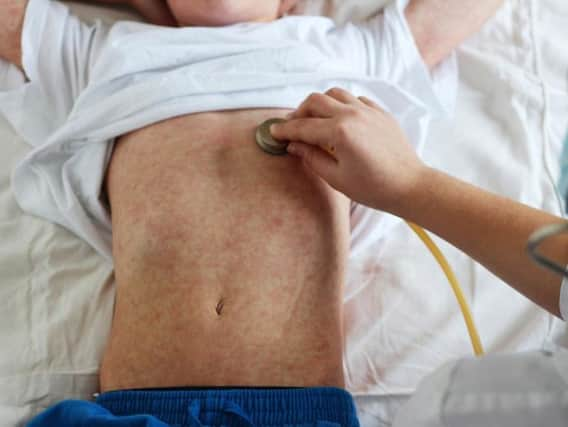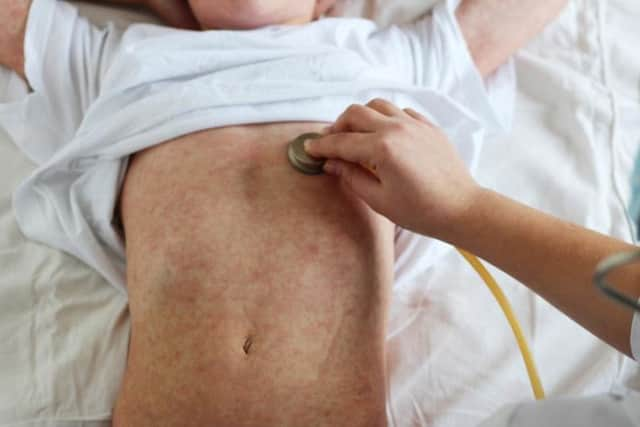Yorkshire had the highest number of measles cases in the North last year


With at least 25 total cases of the deadly disease reported last year, the numbers are worse than Lancashire and the North East who reported no more than seven cases.
The revelation has come following a release of data from NHS England showing the level of Victorian diseases in the country today.
What else is on the rise?


Advertisement
Hide AdAdvertisement
Hide AdThe data, from NHS England, is based on the number of cases reported as both a primary diagnosis, the main reason for someone being admitted to hospital, and a secondary diagnosis, which someone may suffer from but not be the main reason they are in hospital.
Yorkshire has also seen more than 520 cases of tuberculosis, which used to kill one in four people in 1850, nearly 700 cases of malnutrition, 35 cases of whooping cough and 150 cases of scarlet fever which killed one in four people that were infected by it Victorian era..
Rickets, a condition which can affect bone strength and growth, also had more than 30 cases last year in Yorkshire.
Scurvy, a disease caused by a lack of Vitamin C, was spotted more than 30 times in the county.
What are the symptoms of measles?
Advertisement
Hide AdAdvertisement
Hide AdCases of measles usually start with symptoms such as a runny or blocked nose, combined with sneezing, watery eyes, and swollen eyelids.
White spots in the mouth, a cough, and a rash can follow, with the disease also raising the chance of catching a more deadly disease such as pneumonia which can kill.
Measles is easily avoided through a vaccine, offered on the NHS in two doses at the age of around six months and four years old, as part of the mumps, measles and rubella vaccine.